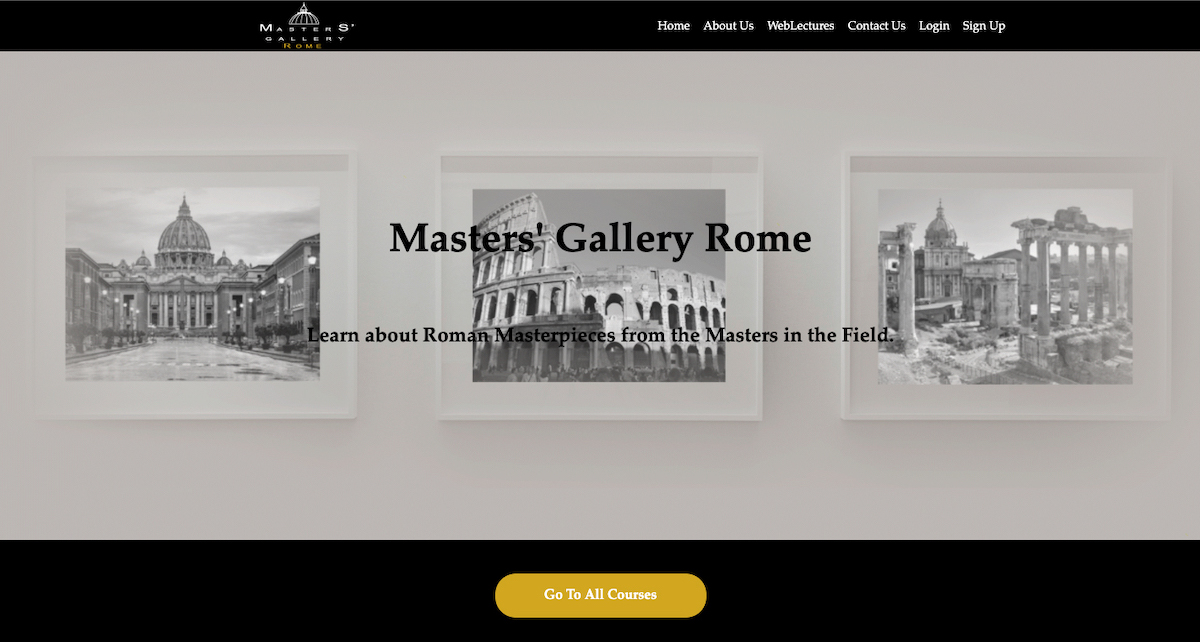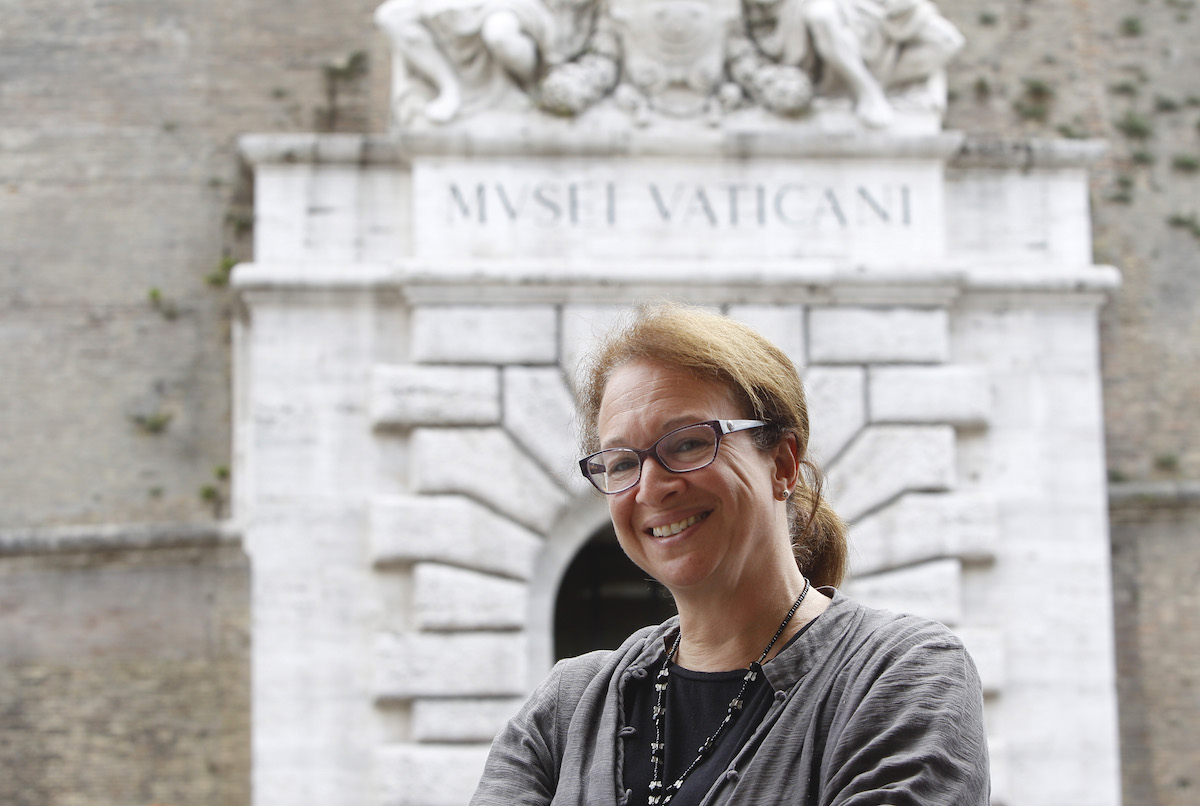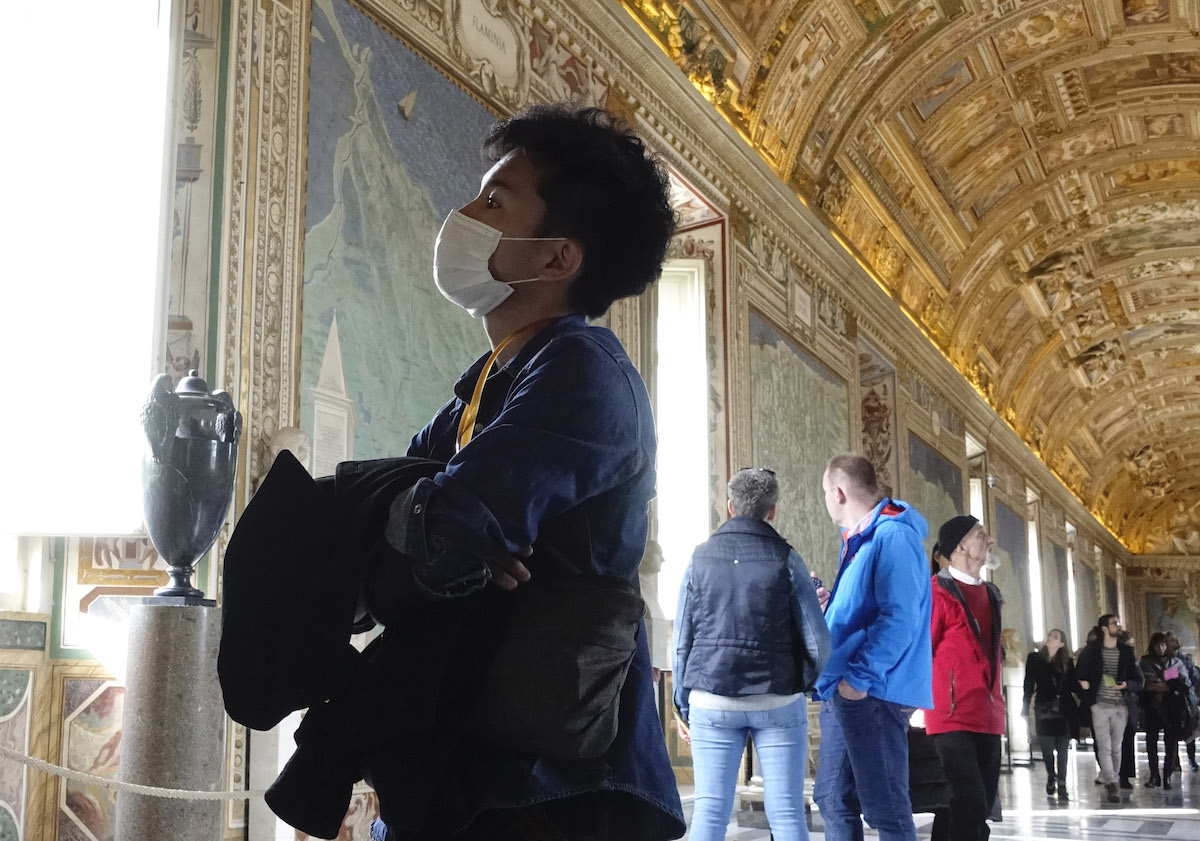VATICAN CITY — As museums and historical sites in Italy slowly begin opening their doors after several months of lockdown due to the coronavirus pandemic, technology may prove to be the “renaissance” the country’s tourism industry desperately needs.
Recently, countries within the European Union have opened their borders following months of lockdowns and restrictions. However, nonessential travel from countries still reeling from the increasing number of infections — including the United States, Brazil and Russia — is still barred.
The travel restrictions, consequently, have caused once-bustling tourist hotspots in Rome during the summer months to be practically empty.
Nevertheless, as the saying goes, necessity is truly the mother of invention.
The pandemic dramatically changed the way in which people communicate, purchase and sell goods and services, as well as engaging in activities, like visiting museums, all with a click of a mouse or a swipe on a tablet.
Already in 2018, the Vatican Museums worked on developing seamless virtual walkthroughs of its vast collections with a 360-degree, high-definition view available through its website, www.museivaticani.va.

Originally conceived as a way of temporarily resolving accessibility issues, particularly for visitors using wheelchairs, the virtual tours have become a way for would-be tourists unable to travel to take in the breathtaking masterpieces on display in the museums’ hallowed halls.
Yet, the concept of virtual tourism may also provide a much-needed boost to Italy’s ailing tourism industry post-lockdown, especially for many guides who have been left on the wayside.
According to a July 2 statement by Federturismo Confindustria, a national association of Italy’s travel and tourism companies, the first four months of 2020 saw a 40% drop in international tourism and the loss of an estimated $195 billion in tourism in the country.
While the Italian government has taken a measured approach in allowing groups to visit museums and public sites, ensuring the health and safety of visitors and residents, it also threatens the livelihood of tour guides as well as an industry that makes up an estimated 13.3% of Italy’s gross domestic product.
“It’s kind of funny to find out that as far as the government is concerned, we are sort of ‘less than the less than,’ and so I think it’s been very difficult for us to find ourselves not only out of work, but with really no plan of how to bring us back into the picture,” Rome-based art historian Elizabeth Lev told Catholic News Service July 8.
However, Italy’s lockdown prompted Lev to create the Masters’ Gallery Rome, a new virtual tour website where visitors not only contemplate the beauty and wonders of Rome’s artistic heritage, but also learn their origins from experienced historians and scholars.


“So far, there’s really nothing on the horizon to suggest that there’s any plan to put forth our work, our expertise, our years of study, which doesn’t seem to be something that the government or the tourism industry in Italy seems to value in any way,” she said. “So, we thought we would show people what we’re worth.”
Visitors of the new website, https://mastersgalleryrome.teachable.com/, can enroll in courses where they can discover the wonders of St. Peter’s Basilica, unearth the archaeological marvels of the Roman port city of Ostia Antica or learn about the inspiration behind the works of Caravaggio.
Lev told CNS that what separates the Masters’ Gallery Rome from most virtual tours already available online is “the idea of really breaking down the information, breaking down what it is you’re seeing, explaining it, sharing it, pulling out the bits of knowledge that you need to know in order to understand the image.”
The benefits of the Masters’ Gallery Rome, she noted, go beyond the practical reasons of being able to see and learn about historical sites and artistic depictions in a time when access to such things are greatly limited.
It also serves as a preparation that allows future tourists and pilgrims to truly appreciate Rome’s vast heritage and “stimulate a hunger on the part of visitors to see parts of Rome that are not on the top 10 TripAdvisor reviews,” she said.
“Tourism began really in the 18th century as ‘The Grand Tour,’ where people prepared before they came because traveling was a privilege, traveling was an honor, traveling was something that was very difficult, often dangerous,” Lev told CNS. “So, in order to get the most out of that experience, people went to the trouble of reading and learning; many of them learned Latin and Greek to begin ‘The Grand Tour.'”
“I’m not suggesting you need to learn Latin and Greek, but a little bit of getting ready and knowing what you’re going to see will only make your experience greater and allow you to really move beyond the tsunami of information you receive once you get here and begin to open yourself up to how the art, the history and the faith all work together,” she said.
As many parents are confronted with the prospect of continuing to homeschool for the rest of the year, Lev said the Masters’ Gallery Rome can also be helpful in presenting “history, humanities, art, the things that are being dropped by the wayside and to be able to instill them in the next generation.”
For more information on Masters’ Gallery Rome: https://mastersgalleryrome.teachable.com/
Links to some virtual visits include:
For the Vatican Museums:
- https://m.museivaticani.va/content/museivaticani-mobile/en/utility/search.html?q=virtual
- https://www.vatican.va/various/cappelle/index_sistina_en.htm
- https://www.vatican.va/various/cappelle/index_paolina_en.htm
- https://www.vatican.va/various/basiliche/necropoli/scavi_english.html






